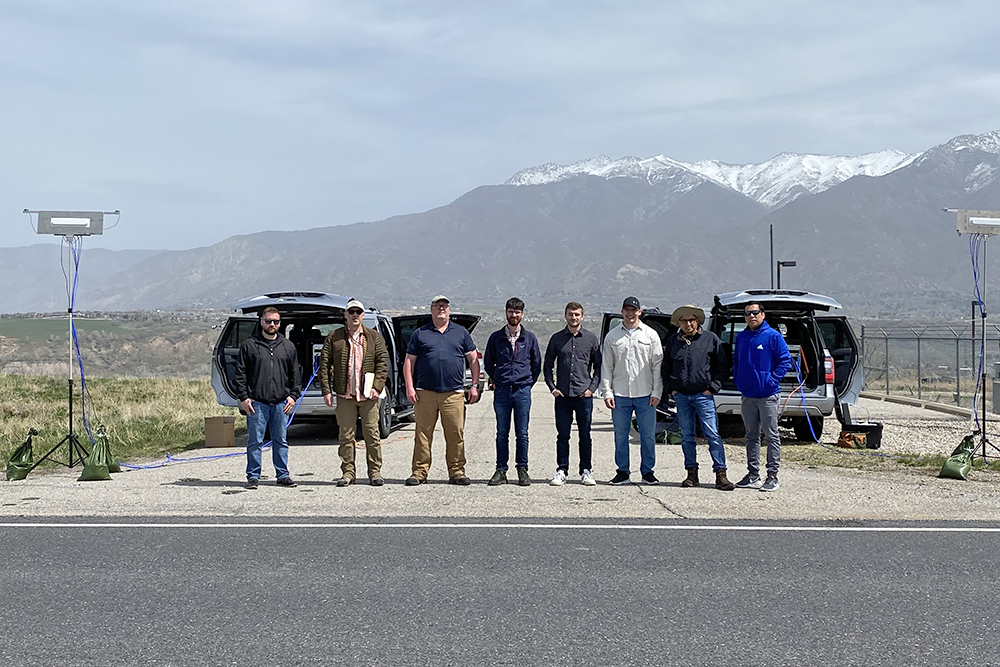
Fifth-generation, or 5G, mobile network technology is all the hype these days. Compared to 4G, this newest way of connecting wireless devices to cellular networks is designed to provide higher data rates, ultralow latency, improved reliability, expanded configurability, increased network capacity and availability, and connectivity among a larger number of users. The U.S. Department of Defense (DoD) would like to leverage these commercial advances in their communications systems, but 5G, like its predecessors, lacks sufficiently robust security features. For military applications, wireless connectivity leaves communications vulnerable to unwanted detection (identifying…



